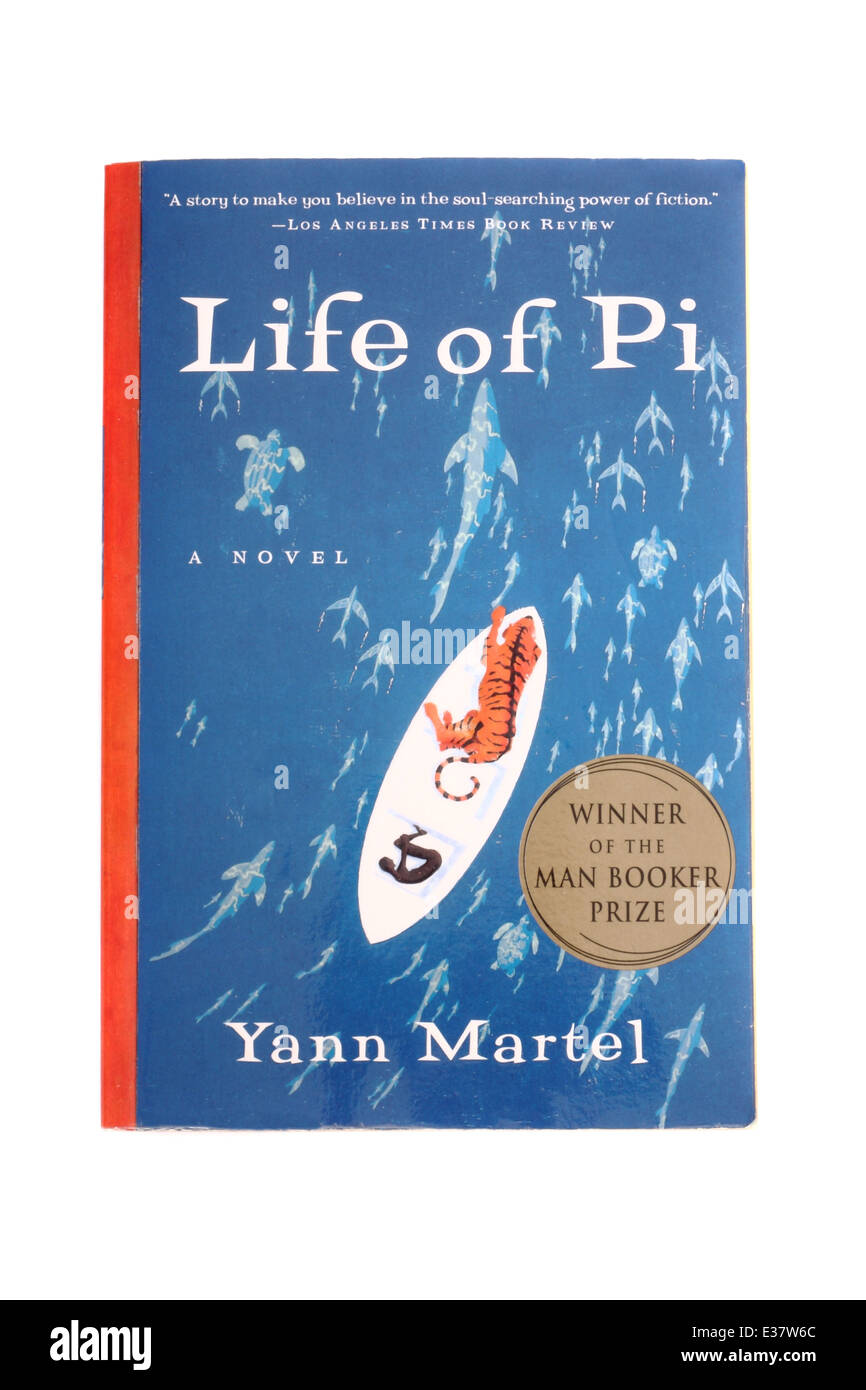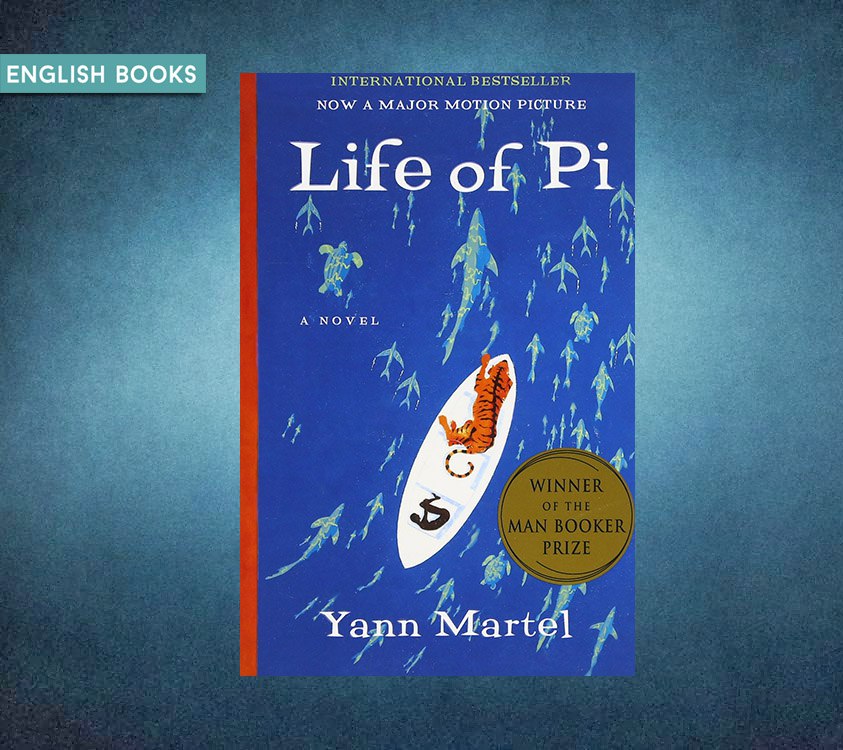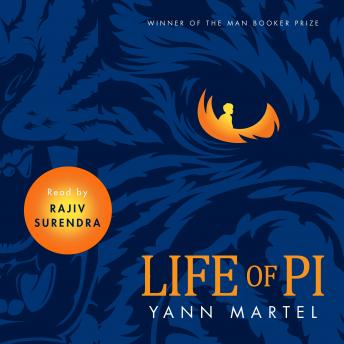


The imagination is ground, realized through religious pastiche and cinematic spectacle, which then forms the primary foundation of “belief,” if belief can be redefined as a hopeful, inspiring type of pluralistic, religiously-inflected experience of narrative. Traditionally, the religious imagination is grounded in community, doctrine, and tradition, but, in this case, the process is reversed. Indeed, as we shall see, he describes the making of the film and the effect he hopes to render in the audience in consistently “spiritual” terms. This essay details Ang Lee’s extraordinary special effects work as a means of understanding the type of pluralistic, experiential “religion” espoused in the film. Indeed, it is impossible to make sense of the film’s extensive use of religious themes without understanding its use of immersive visual effects. Because the film claims (as does the novel) that Pi Patel’s story can prompt belief in God, the persuasiveness of visual representation is a key element in interpreting the film. In order to make visual portrayal possible, Ang Lee made extensive use of CGI to construct a 3D world that exhibits only a vestigial relationship to its real-life models. Yann Martel’s The Life of Pi was originally deemed “unfilmable,” and it was not until director Ang Lee was brought on board that this assessment changed. For Ang Lee, the manufacture of a seamless, aesthetically appealing CGI world was a means of visually affirming the broadly conceived notions of interconnectedness and purpose that he borrowed from Christianity, Islam, Hinduism, and Jewish mysticism. Indeed, it is impossible to make sense of the film’s extensive use of religious themes and rituals without understanding its use of immersive visual effects. Ang Lee constructs a filmic world using such elaborately developed CGI (computer-generated imagery) that the film exhibits only a vestigial relationship to the real-life animals and locations used in its creation. Viewers of the film, by contrast, are invited to believe Pi’s story precisely because they are seeing it so vividly. Martel’s novel invites readers to believe Pi’s story without seeing it. The film expands upon the novel’s fantastic story through the integration of new visual metaphors that invite religious reflection, and is reinforced by religious rituals within and beyond the film itself.

Ang Lee’s The Life of Pi is based on Yann Martel’s novel of the same name.


 0 kommentar(er)
0 kommentar(er)
